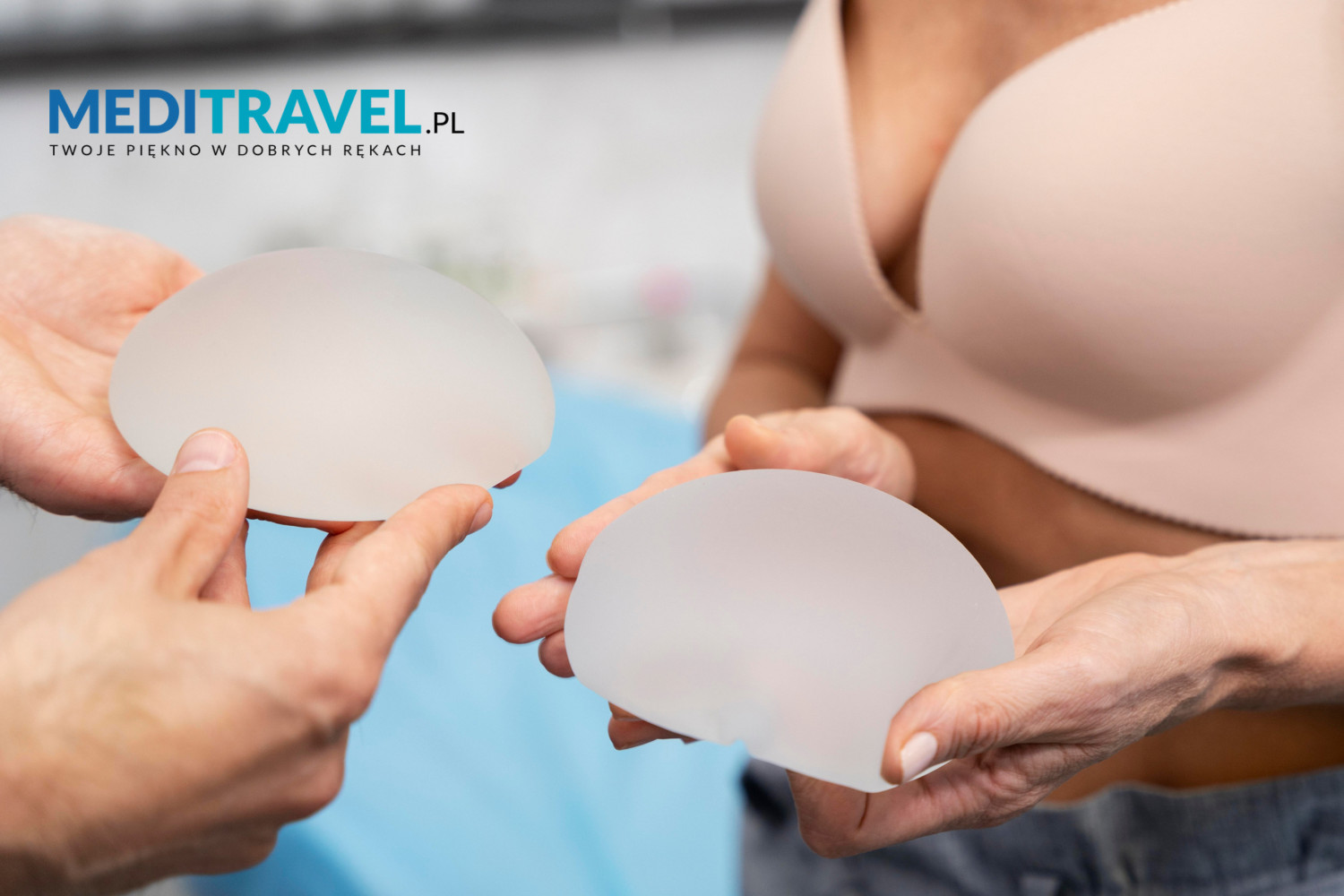
- Breast surgery
-
by Meditravel
Do breast implants need to be replaced?
Breast implant longevity is a topic to keep in mind if you are considering breast augmentation or reconstruction. In this article, we’ll answer the questions:
Do breast implants need to be replaced? After how long do implants need to be replaced? How often do they need to be replaced? What happens to breast implants over time?
Many women mistakenly believe that breast implants should be replaced every 10 years. In fact, the average lifespan of an implant is 10-15 years, but breast implants should only be replaced if there are problems, such as implant rupture or capsular contracture. Meanwhile modern high-quality implants have a lifetime guarantee.
In the following post, we will explain how to recognize an implant rupture or capsular contracture and how often they occur. We’ll talk about treatment options, and how your breast implants can change over time.
Do you need to replace your breast implants every 10 years?
Breast implants are not for life. At some point in your life, breast implants need to be replaced or removed. 10 years is the magic number that is often cited as the lifespan of a breast implant. Breast implants are not like an oil filter that needs to be changed every 15,000 miles. Unless you have a problem with your breast implants, there is no reason to replace them! Implants last an average of 10-15 years.
There are two reasons why breast implants should be replaced:
- Capsular contracture
- Implant rupture
Capsular contracture
Breast implants are foreign bodies, and the body naturally forms scar tissue around them. There are times when the scar tissue becomes too thick, causing the implant to become hard and painful – this condition is called a capsular contracture. In cases of capsular contracture, the implant may be somewhat hard and still look good, or it may be hard, misshapen and painful. At the time of a capsular contracture, the surgeon removes the implants and the surrounding scar tissue. Purse contracture is also treated with medication, but only if it is in the early stages. Medications are able to suppress inflammation while preventing the formation of a larger scar.
Implant rupture
The most common cause of breast implant rupture is simply time or trauma to the chest. Implants wear out over time, which in turn causes them to rupture. It is estimated that the rupture rate begins to increase after 10 years, hence the magic number. Silicone implants like a hard outer shell. Silicone implants are filled with a thick silicone gel called cohesive. In newer generations of breast implants, the gel is so thick that it remains in the implant even if it ruptures. It is estimated that a minimum of 1 percent of women come in with a ruptured breast implant. After an implant rupture, a change is visible, the way the implant feels and their appearance. If the implant ruptures, the implants should be removed.
What happens to breast implants over time?
Breasts change whether you have implants or not. Weight gain or loss, pregnancy, breastfeeding, or aging cause the appearance of the breasts to change. Breast tissue stretches and shrinks, causing them to droop. Breast implants also increase the stretch of the skin. The larger the implant, the more it stretches the skin. Why do breast changes over time affect the appearance of breasts with implants? By force, despite implants, our breasts change as we age. Breasts can droop lower with an implant. As the tissue becomes thinner, the implants become more visible in the form of rippling. Second, when breast implants are removed, the breasts will look different than they did before breast augmentation. Why? As we mentioned above, breast implants stretch the skin, which does not return to its original state once the implant is removed.
What happens if you don’t replace your breast implants?
As we mentioned earlier, breast implants do not need to be replaced unless they rupture or develop a capsular contracture. What happens if they rupture or a contracture occurs? At the outset, we want to point out that there are no scientific studies on this subject, due to the fact that no cosmetic surgeon has undertaken and risked leaving such an implant for scientific purposes. So this is purely anecdotal information combined with medical knowledge.
In the case of a ruptured implant, the first and primary recommendation is to remove the implant or replace it. If the surgeon does not remove the ruptured implant, the silicone can cause inflammation that causes pain and the development of scar tissue as in a capsular contracture. On the other hand, in the case of capsular contracture, there is no need to remove the implant, provided the implant is intact and the scar tissue is not large. However, if the breast is hard and painful, the implant and surrounding scar tissue must be removed.
In summary, there is no need to replace breast implants after 10 years if nothing is happening. The two primary reasons to change or remove an implant are implant rupture, or capsular contracture, which we wrote about above. In contrast, we recommend a follow-up visit to your plastic surgeon once a year to make sure your breast implants are intact.
However, if you are still considering whether to undertake breast surgery, we invite you to have an online consultation at our website www.meditravel.com.



